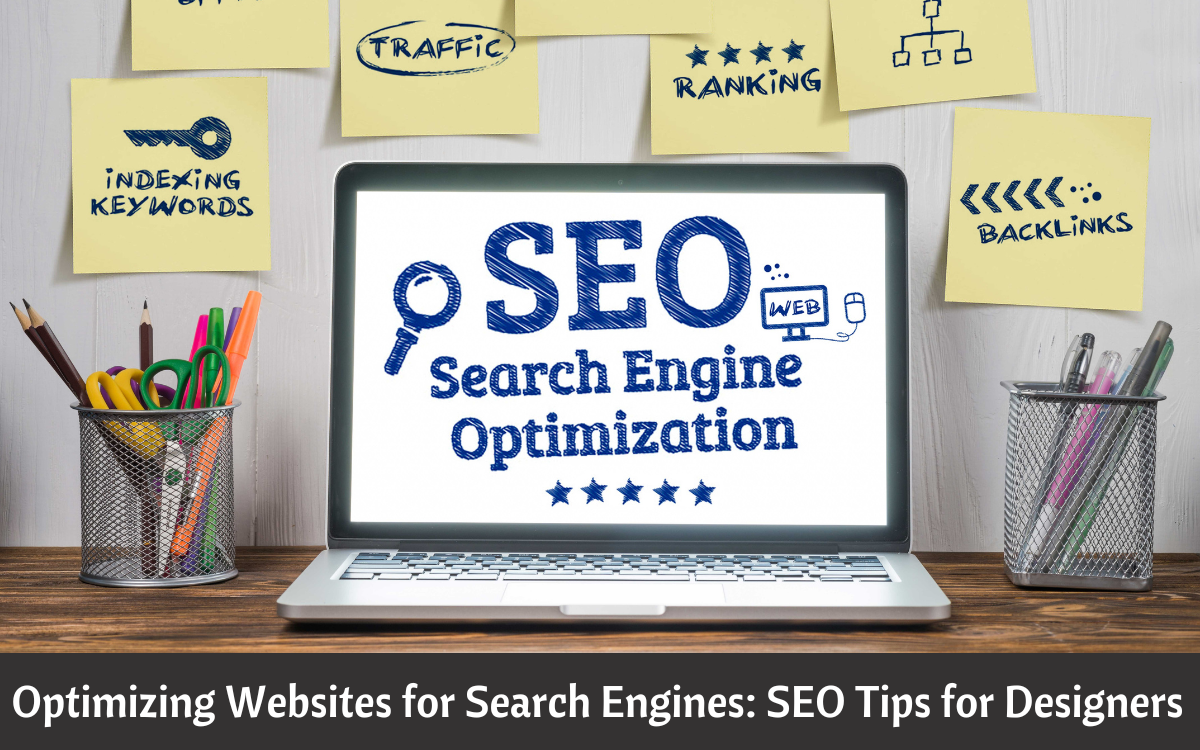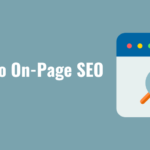In today’s digital age, a well-designed website plays an essential role for any business or individual looking to establish an online presence. However, a beautifully crafted website is only effective if potential visitors can find it, which is only possible with Search Engine Optimization.
SEO involves techniques and strategies that help your website rank higher on search engine results, making it more visible in front of your target audience. Here are some valuable tips if you’re a designer looking to optimize websites for search engines.
1. Understand the Basics of SEO
Before diving into the intricacies of SEO, it’s crucial to have a solid understanding of the fundamentals. Familiarize yourself with keywords, backlinks, meta tags, and other essential components contributing to a website’s visibility. This foundation will serve as a cornerstone for your optimization efforts.
2. Conduct Keyword Research
Keywords are the building blocks of SEO. To attract your target audience, research keywords they are likely to search for. Use keyword research tools like Ahref or SEMrush to find high-volume keywords with enough search volume but need to be more competitive. By optimizing for these keywords, you can get your content in front of people actively looking for what you offer. Focus on 3-5 primary keywords and structure your content around providing the best information on those topics. This practice will help you rank higher in search and reach the right customers. Integrate these keywords into your website’s content, headings, and meta descriptions.
3. Optimize Site Structure
A well-organized site structure enhances user experience and aids search engine crawlers in navigating your website. Utilize clear hierarchy with appropriate heading tags (H1, H2, H3, H4) to break down content into sections. This makes your content easier to read and signals the importance of different areas to search engines.
4. Prioritize Mobile Responsiveness
These days, most users access the internet via mobile devices; Google now prioritizes mobile-friendly websites in its ranking algorithm. Ensure your website’s responsive design and adjust seamlessly to various screen sizes. A mobile-responsive design improves user engagement and positively impacts your SEO efforts.
5. Optimize Page Speed
Page speed is a main factor for both user satisfaction and SEO. Slow-loading websites can lead to higher bounce rates and lower search engine rankings. Compress images, leverage browser caching, and minimize unnecessary code to improve your website’s loading times.
6. Create High-Quality Content
Compelling and informative content engages users and attracts backlinks from authoritative websites. Craft well-researched articles, blog posts, and other content that provides value to your audience. The longer users spend on your site consuming valuable content, the higher your website’s ranking potential.
7. Image Optimization
Images are integral to web design but can slow down a website if not optimized properly. Use compressed images without compromising quality. Additionally, include descriptive alt text for each image to improve accessibility and assist search engines in understanding your visual content.
8. Build Quality Backlinks
Backlinks are like endorsements for your website’s credibility. Seek opportunities to build high-quality backlinks from reputable websites in your industry. Guest posting, influencer collaborations, and online community participation are effective ways to earn valuable backlinks.
9. Utilize Social Media
Leverage your business’s social media accounts to highlight your latest content and connect with your audience. Share blog posts, articles, and other updates across your social platforms to boost visibility and engagement. Promoting your content on social media can lead to more shares, likes, and backlinks. Make the most of channels like Facebook, Twitter, and LinkedIn to get your content in front of relevant followers. A strategic social promotion plan will increase your reach and traffic.
10. Regularly Update Content
Search engines favour websites with up-to-date, useful content. Refresh your site regularly by publishing new blog articles, product updates, and other content. This keeps your audience interested and shows search engines your site is active and deserves a high ranking. Make a habit of posting fresh content consistently. This content strategy will engage your readers and boost your SEO.
11. Monitor and Analyze Performance
Constantly monitor your website’s Performance using tools like Google Analytics. Pay attention to metrics like bounce rate, time on page, and conversion rates. Analyzing metrics like rankings, traffic, backlinks, and conversions helps reveal areas to improve your SEO. Regularly reviewing these numbers allows you to spot optimization opportunities. Monitor and evaluate key statistics to adjust your strategy for better search visibility.
12. Optimize for Local SEO
If you’re optimizing websites for local businesses, prioritize local SEO techniques. This includes creating a Google Business Profile, obtaining reviews, and ensuring consistent NAP (Name, Address, Phone Number) online information.
13. Focus on User Experience
User experience and SEO go hand in hand. A user-friendly website that provides easy navigation, clear calls to action, and valuable content leads to dwell times and lower bounce rates. This positive user behaviour sends positive signals to search engines.
14. Stay Updated with Algorithm Changes
Search engine algorithms are constantly evolving. Stay informed about major algorithm updates from search engines like Google. Adapting your SEO strategy to these changes will help you maintain or improve your website’s ranking.
Conclusion:-
Optimizing websites for search engines in the competitive online landscape is integral to effective web design. Equipped with SEO fundamentals, thorough keyword research, and proven on-page and off-page optimizations, designers can build beautiful websites that draw organic traffic through an excellent user experience. Mastering core SEO concepts, identifying relevant keywords, and applying key technical and content optimizations empower designers to craft sites that rank and convert. With the right SEO approach, aesthetics and Performance go hand in hand.


